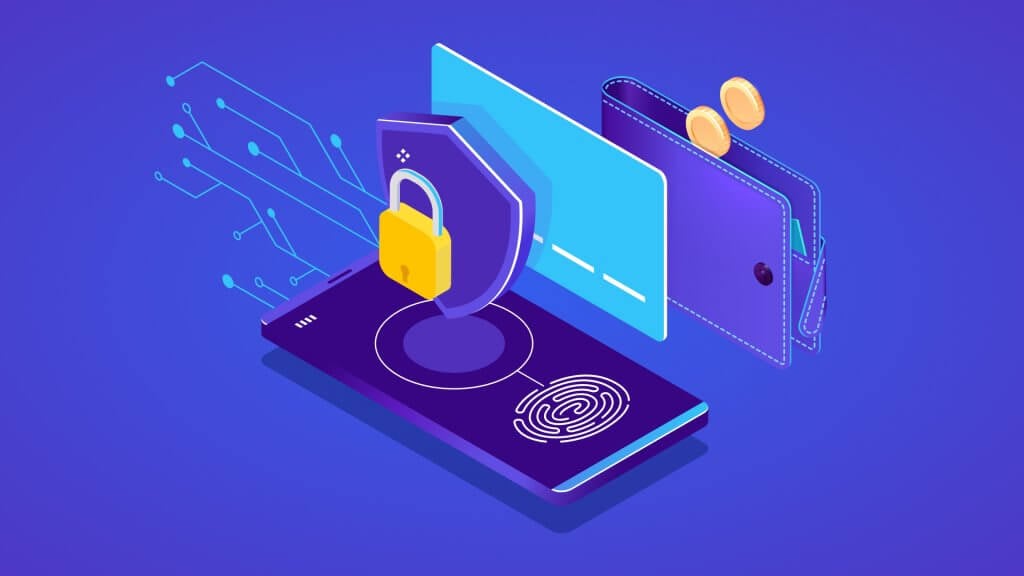Web3 Safety Tips: How to Secure Your Crypto Wallet and Transactions

As the world embraces the rise of Web3 and the limitless possibilities it offers, it’s crucial to be aware of the potential risks that come with it. From cyber scams to wallet hacks and other vulnerabilities, safeguarding your crypto assets is important, especially when using them for real-world transactions, such as paying for rent, sending money to family and friends, or paying salaries to your employees. Whether you’re a beginner or a seasoned crypto enthusiast, staying informed about the best practices in Web3 safety is key to prevent losing your hard-earned funds.
At Swapin, we understand the significance of safety, and we’re here to guide you through some essential tips to enhance the security of your crypto wallet and transactions. By addressing both external threats and human errors, you can confidently enjoy all the benefits that the world of Web3 and crypto has to offer. In this blog post, we will share the essential Web3 safety tips, so you can protect your digital assets from potential threats and securely navigate the world of cryptocurrencies.
Never Share Your Private Keys
Your private keys are the most critical aspect of your crypto wallet’s security. They are like the digital equivalent of your own signature, allowing you to access and manage your funds. Under no circumstance should you ever share your private keys with anyone. Treat them as top-secret, confidential pieces of information as you don’t want any unauthorized access to your crypto wallet and lose all your assets.
Use Multiple Crypto Wallets
As the saying goes “don’t put all your eggs in one basket”, consider dividing your crypto assets into multiple wallets. By doing so, you minimize the risk of losing all your funds in one go. In the unfortunate event of one crypto wallet getting compromised, your other wallets will remain unaffected. For example, you can separate your long-term crypto holdings from the wallets you use for daily transactions or trading, and from the wallets to interact with smart contracts for aidrops or NFT minting. This way, you can better manage your risk exposure and protect your digital assets.
Keep Your Seed Phrase and Passwords Safe
When creating a crypto wallet, you’ll be provided with a seed phrase – a series of words that act as a backup and recovery option. Store your seed phrase securely, preferably offline, and never share it. Additionally, use strong and unpredictable passwords for all your crypto and finance related accounts and apps. Consider using a password manager to keep track of your passwords securely.
Use a Hardware or Cold Wallet
For enhanced security, consider investing in a hardware wallet. It’s a physical device, like Ledger or Trezor that stores your crypto offline, away from potential hackers and scammers. The other option is to keep one crypto wallet only for savings that you do not otherwise do transactions with.
Double Check Links Before Clicking
Scams and malicious actors are prevalent in the crypto space. There are often fake websites or links that resemble reliable or popular platforms to steal users’ sensitive information or access their assets. Before clicking on any links, ensure they are from trusted sources. Verify URLs, use browser extensions that detect phishing attempts, and be cautious of any messages or posts that share files or ask you to click on links.
Do Due Diligence with Smart Contracts
Before interacting with any smart contract, thoroughly research and verify its legitimacy. Look for audits, reviews, and endorsements from trusted sources before you engage. Ensure you’re interacting with the correct contract address, as fake and malicious contracts can lead to substantial financial losses.
Check NFT Projects Before Minting or Buying an NFT
The NFT (Non-Fungible Token) market can also be another breeding ground for scams and fraudulent activities. Before purchasing an NFT or minting one, verify the legitimacy of the project and its smart contract. Check the NFT project’s official website, social media profiles, community chats, and blockchain activities to ensure it’s reliable and trustworthy.
Leverage 2FA Wherever Possible
Enable two-factor authentication (2FA) whenever available. 2FA adds an extra layer of security by requiring a secondary code or confirmation in addition to your password. It provides you with an additional safeguard against unauthorized access to your accounts, even if your password gets compromised.
Limit Use of Custodial Solutions and Centralized Exchanges
Storing a large portion of your funds with a third party can put you at a higher risk. While some centralized exchanges offer convenience and user security, as we know from the cases of Mt. Gox and FTX, it can also be a better idea to use custodial services only on a limited basis. Instead, spread assets across hardware wallets, cold wallets, and hot wallets. Where possible, use non-custodial solutions for your on-ramping and off-ramping, so you retain full control of your private keys and digital assets. Explore platforms and payment providers, like Swapin, who prioritize non-custodial services.
Be Careful with Public Wi-Fi
Avoid using public Wi-Fi for crypto-related activities, such as accessing your wallets or making transactions. Public Wi-Fi networks are more vulnerable to attacks and threats, potentially compromising your sensitive information and exposing your digital assets. Additionally, you could use a VPN to stay safe when in public Wi-Fi.
Be Aware of Phishing Attacks
Stay on alert against phishing scams, where malicious actors attempt to deceive you into revealing your private information or sending your money to someone. Never share your passwords, seed phrases, or private keys with anyone, and be cautious of unsolicited messages or emails requesting sensitive data.
Use Burner Wallets for Airdrops and NFT mints
For transactions like airdrops or minting NFTs, which can be more dangerous and also fast in timing, consider using “burner” wallets. They are hot wallets that you can use to perform these actions without compromising your primary wallets’ security.
By following these Web3 safety tips, you can confidently explore the world of Web3 and crypto while keeping your digital assets secure. At Swapin, we’re committed to your safety and empowering you with the knowledge to navigate the crypto space with peace of mind.
To stay updated with the latest news and industry insights, join our Telegram community and subscribe to our LinkedIn newsletter. Follow us on social media for more updates from Swapin.








